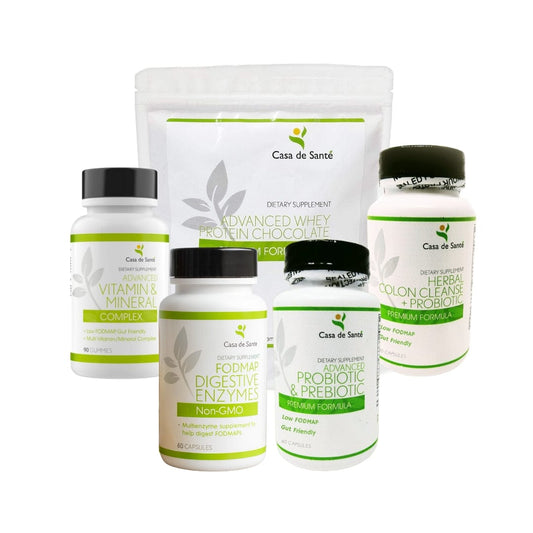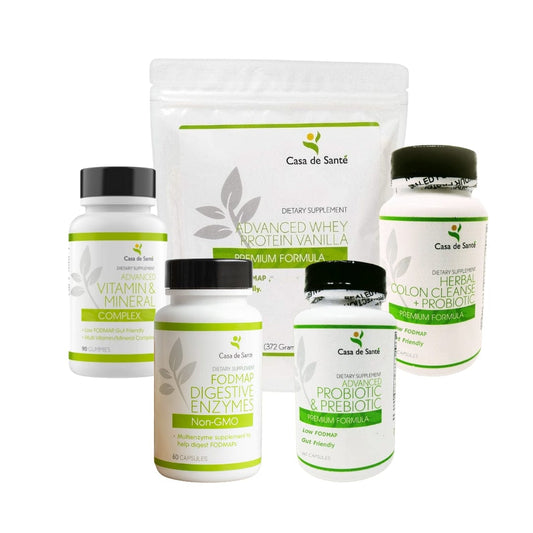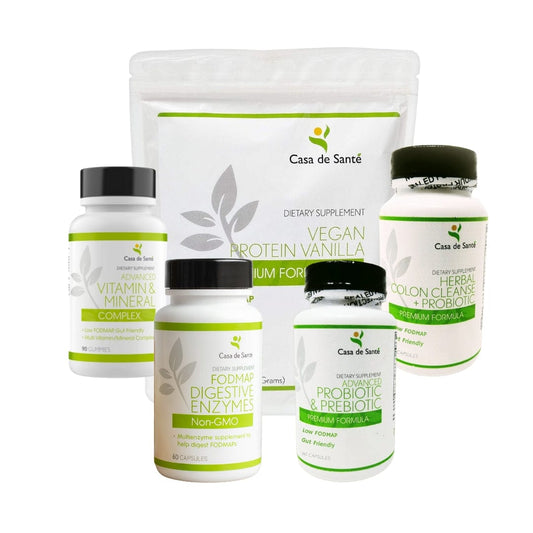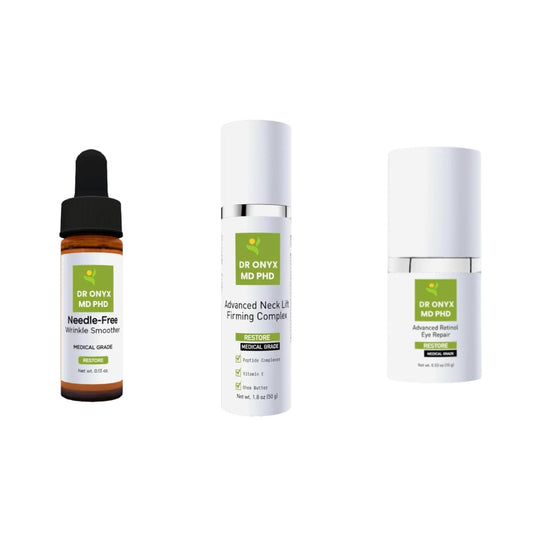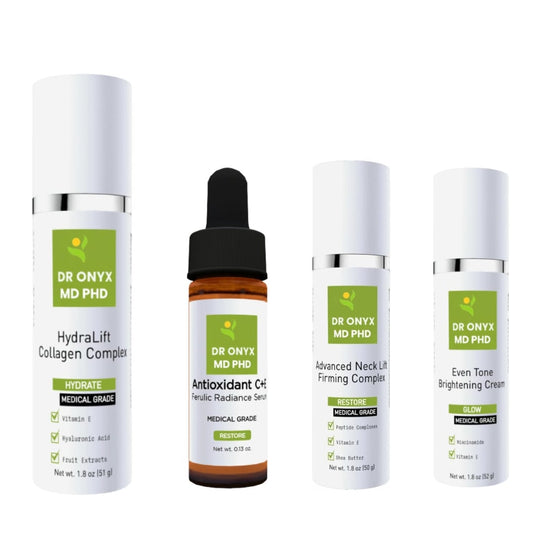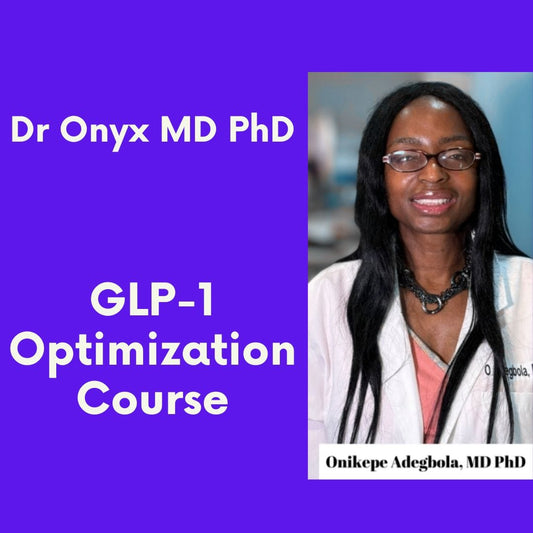How to Get the Best Results with GLP-1: A Comprehensive Guide
GLP-1 receptor agonists have revolutionized the treatment landscape for both diabetes management and weight loss. Whether you're using Ozempic, Wegovy, Mounjaro, or another GLP-1 medication, understanding how to optimize your results can make a significant difference in your health journey. This comprehensive guide will walk you through everything you need to know about getting the most from your GLP-1 treatment—from proper administration techniques to lifestyle modifications that enhance effectiveness.
Understanding GLP-1 Medications
GLP-1 (glucagon-like peptide-1) receptor agonists work by mimicking a hormone that naturally occurs in your body. These medications slow gastric emptying, increase feelings of fullness, reduce appetite, and help regulate blood sugar levels. Popular GLP-1 medications include semaglutide (Ozempic, Wegovy), tirzepatide (Mounjaro), liraglutide (Saxenda, Victoza), and dulaglutide (Trulicity).
While initially developed for type 2 diabetes management, many GLP-1 medications have gained approval for weight management due to their impressive results in clinical trials. Understanding the specific medication you're taking—its dosing schedule, expected effects, and potential side effects—is the first step toward optimizing your results.
How GLP-1 Medications Work
These medications work through multiple mechanisms to improve metabolic health. They stimulate insulin release when blood sugar levels are high, suppress glucagon secretion (which prevents the liver from releasing stored glucose), slow down food moving through your stomach, and act on the brain's appetite control centers to reduce hunger signals.
This multi-faceted approach explains why GLP-1s are effective for both blood sugar control and weight management. The slowed gastric emptying and increased satiety are particularly important for weight loss results, as they naturally lead to reduced calorie intake without the intense hunger that often sabotages traditional diets.
Proper Administration Techniques
Most GLP-1 medications are administered via subcutaneous injection, typically once weekly (like Ozempic or Wegovy) or once daily (like Saxenda). Proper injection technique is crucial for ensuring you receive the full benefit of the medication while minimizing discomfort.
Injection Tips for Best Results
Always follow your healthcare provider's specific instructions, but general best practices include rotating injection sites between your abdomen, thigh, or upper arm to prevent lipohypertrophy (fatty lumps that can develop with repeated injections in the same spot). Clean the injection site with alcohol and allow it to dry completely before injecting. Insert the needle at a 90-degree angle unless instructed otherwise, and hold the injection in place for the recommended time (usually 5-10 seconds) before removing.
Store your medication according to package instructions—most require refrigeration before first use but can be kept at room temperature for a specified period after opening. Never use expired medication or one that appears discolored or contains particles.
Timing Your Injections
Consistency in timing can improve both effectiveness and tolerability. For once-weekly medications, choose a day of the week that works well with your schedule and stick to it. If you miss a dose, follow the specific instructions for your medication—some can be taken within a certain window, while others may require you to wait until the next scheduled dose.
Some patients find that administering their injection before bedtime helps them sleep through any initial nausea or digestive discomfort. Others prefer morning administration to maximize appetite suppression during the day. Work with your healthcare provider to determine the optimal timing for your specific situation.
Dietary Strategies to Enhance GLP-1 Effectiveness
While GLP-1 medications can significantly reduce appetite, making intentional dietary choices will maximize your results. The goal isn't simply to eat less but to eat better—focusing on nutrient-dense foods that support your overall health while working synergistically with your medication.
Prioritize Protein
Protein is your best ally when taking GLP-1 medications. High-protein foods increase satiety, preserve muscle mass during weight loss, and have a minimal impact on blood sugar levels. Aim to include a source of lean protein with every meal—options like chicken, fish, eggs, tofu, Greek yogurt, or legumes. Many patients find that a protein-forward breakfast sets them up for better appetite control throughout the day.
The combination of protein-rich foods and GLP-1 medications creates a powerful satiety effect that can make calorie reduction feel much more manageable. Some patients report that their protein needs feel higher while on GLP-1s, possibly because the body is working to preserve muscle mass during weight loss.
Focus on Fiber and Complex Carbohydrates
Simple carbohydrates and refined sugars can cause blood sugar spikes and crashes that may interfere with the steady blood glucose control that GLP-1s provide. Instead, focus on fiber-rich complex carbohydrates like vegetables, whole grains, and legumes. These foods digest slowly, helping to maintain stable blood sugar levels and prolonging the feeling of fullness.
Many patients find that their carbohydrate tolerance changes while on GLP-1 medications. Foods that previously caused blood sugar spikes may be better tolerated, but it's still wise to monitor your individual response and adjust accordingly. Pairing carbohydrates with protein and healthy fats can further slow their absorption and minimize blood sugar fluctuations.
Mindful Eating Practices
GLP-1 medications provide a unique opportunity to develop mindful eating habits. Since the intense drive to eat is reduced, you can take time to truly listen to your body's hunger and fullness cues. Eat slowly, chew thoroughly, and stop when you feel comfortably satisfied rather than completely full. This approach not only enhances the medication's effectiveness but also helps establish sustainable eating patterns for long-term success.
Many patients report that GLP-1s help them recognize true physical hunger versus emotional or habitual eating for the first time. Use this awareness to build a healthier relationship with food that will serve you well beyond your medication journey.
Physical Activity Recommendations
Exercise complements GLP-1 therapy by improving insulin sensitivity, preserving muscle mass, and enhancing overall metabolic health. However, finding the right approach to physical activity while on these medications requires some thoughtful planning.
Strength Training for Muscle Preservation
Weight loss from any method—including GLP-1 medications—can result in loss of both fat and muscle mass. Resistance training or strength training at least 2-3 times per week helps preserve valuable muscle tissue, which is metabolically active and supports long-term weight maintenance. Start with whatever is manageable for your current fitness level, whether that's bodyweight exercises, resistance bands, or traditional weight lifting.
The combination of adequate protein intake and regular strength training creates an anabolic environment that signals your body to maintain muscle even while in a caloric deficit. This is particularly important for long-term metabolic health and preventing weight regain.
Cardiovascular Exercise for Metabolic Health
Aerobic exercise improves cardiovascular health, enhances insulin sensitivity, and can boost mood—all valuable benefits for those on GLP-1 therapy. Aim for at least 150 minutes of moderate-intensity activity per week, but remember that consistency matters more than intensity. Walking, swimming, cycling, or any activity you enjoy enough to do regularly is perfect.
Some patients report changes in exercise tolerance while adjusting to GLP-1 medications. Start slowly and gradually increase duration and intensity as your body adapts. Staying well-hydrated and timing exercise appropriately relative to meals can help minimize any discomfort.
Managing Side Effects Effectively
Side effects are common with GLP-1 medications, especially during the initial weeks and with dose increases. Understanding how to manage these effects can improve both your comfort and your ability to stay consistent with treatment.
Digestive Side Effects
Nausea, constipation, and occasional diarrhea are among the most common side effects. To minimize nausea, eat smaller, more frequent meals and avoid foods that are very fatty, spicy, or heavily processed. Staying well-hydrated and including adequate fiber in your diet can help manage constipation, though some patients benefit from fiber supplements or gentle laxatives as recommended by their healthcare provider.
Most digestive side effects improve significantly after the first few weeks as your body adjusts to the medication. If symptoms persist or are severe, speak with your healthcare provider about adjusting your dosage schedule or trying anti-nausea medications.
Hydration and Electrolyte Balance
Proper hydration becomes even more important while taking GLP-1 medications. Reduced food intake, potential digestive side effects, and changes in appetite signals can all contribute to inadequate fluid intake. Aim for at least 64 ounces of water daily, and consider electrolyte supplements if you're experiencing significant digestive symptoms or fatigue.
Some patients find that drinking water with meals exacerbates feelings of fullness to an uncomfortable degree. In this case, focus on hydrating between meals rather than with food. Herbal teas, flavored water, and electrolyte drinks can help maintain fluid intake if plain water becomes unappealing.
Monitoring Progress Beyond the Scale
While weight changes and improved blood sugar readings are important markers of GLP-1 effectiveness, focusing solely on these metrics can overlook other valuable signs of progress.
Tracking Non-Scale Victories
Pay attention to improvements in energy levels, sleep quality, mobility, clothing fit, and overall well-being. Many patients report significant quality-of-life improvements that aren't captured by numbers alone. Keep a journal of these changes to maintain motivation during plateaus or slower periods of weight loss.
Laboratory improvements like reduced inflammation markers, improved cholesterol profiles, and decreased blood pressure are also important indicators of metabolic health that may precede significant weight changes. Regular check-ups with your healthcare provider can help track these valuable metrics.
Adjusting Expectations
Results with GLP-1 medications vary significantly between individuals. Factors like starting weight, underlying medical conditions, medication dosage, and lifestyle choices all influence outcomes. Most patients experience their most dramatic results in the first 3-6 months, with weight loss typically slowing thereafter.
Understanding this pattern can help prevent discouragement when the pace of change naturally slows. Remember that maintaining weight loss is just as important as achieving it, and the habits you develop while on GLP-1 therapy are laying the groundwork for long-term success.
Conclusion
GLP-1 medications offer powerful tools for managing diabetes and obesity, but their effectiveness is maximized when combined with thoughtful lifestyle modifications. By implementing proper administration techniques, supportive dietary strategies, appropriate physical activity, and effective side effect management, you can optimize your results and improve your overall health outcomes.
Remember that these medications work best as part of a comprehensive approach to metabolic health. Partner with your healthcare provider to develop a personalized plan that addresses your specific needs and goals. With patience, consistency, and the right strategies, GLP-1 therapy can be a transformative part of your health journey.

